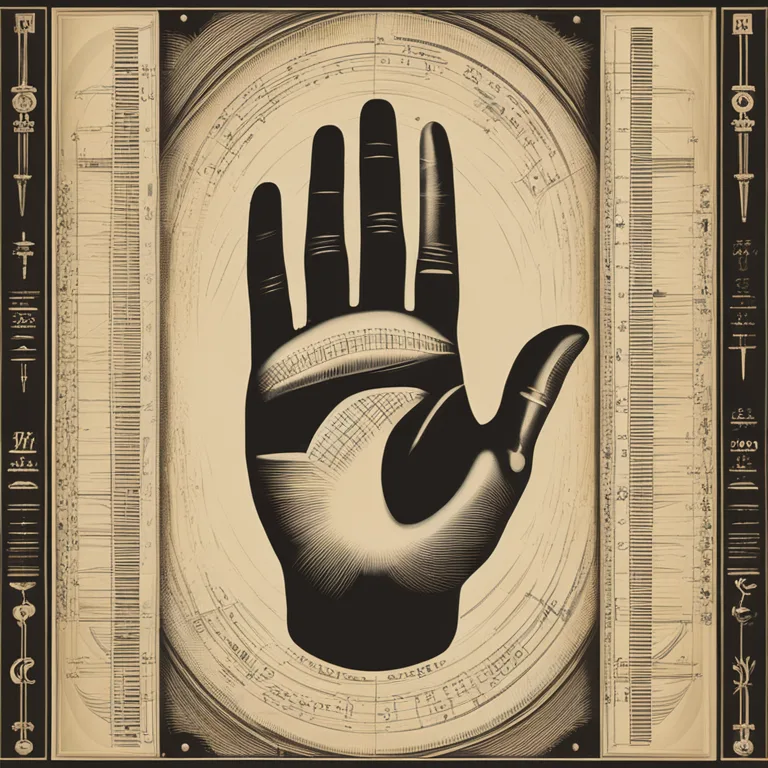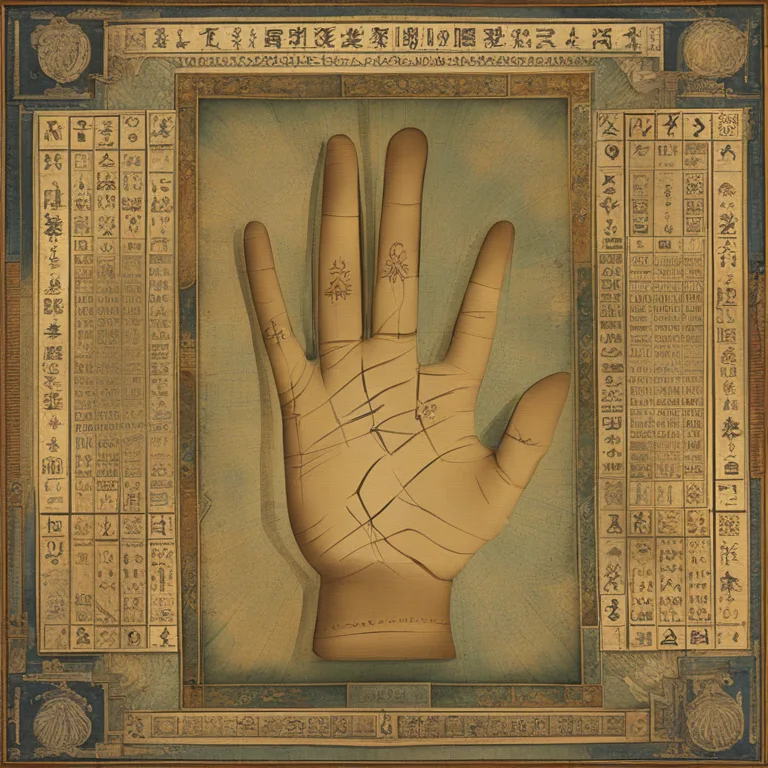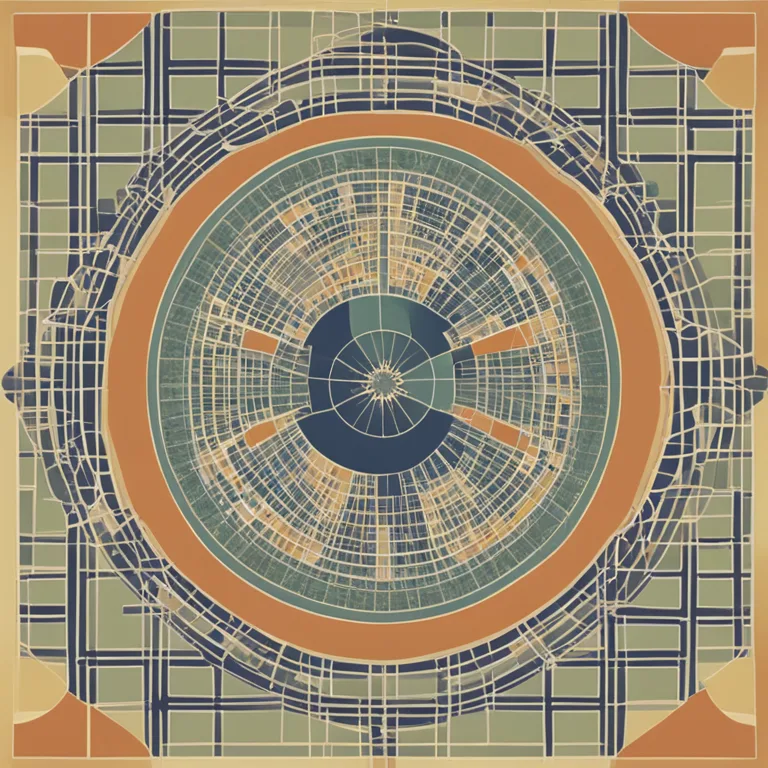
The Role of Palmistry in Psychological Insight
Delve into the intricate link between palmistry and psychology and discover how this ancient practice can reflect psychological traits.
article by Nora Pennington
Introduction to Palmistry and Psychology
Palmistry, or chiromancy, has been used for centuries to glean insight into an individual’s character and destiny by examining the lines and features of their hands. While many consider palmistry a pseudoscience and hold skepticism towards its accuracy, some enthusiasts claim that an individual’s hands can reveal psychological tendencies and personality traits. In the realm of psychology, palmistry is not recognized as a scientific method, yet the cultural and individual significance that people attribute to it can offer interesting perspectives on human belief systems and personality.

Historical Context of Palmistry
Since ancient times, palmistry has been practiced in various cultures around the globe. It was studied by the likes of Aristotle and was prevalent in ancient civilizations such as India, China, and Egypt. Historically, palmists have suggested that hand features are indicative of one's psychological disposition. The convergence of palmistry with evolving psychological theories, however, has given this tradition a different dimension, integrating it within the broader narrative of self-insight and character analysis practiced by the curious and open-minded.
Palmistry's Psychological Dimensions
While mainstream psychology does not incorporate palm reading into its practices, the psychological aspect of palmistry lies in its subjective interpretation. Reading palms often involves a deep interaction between the palm reader and the client, in which a dialogue about personal life challenges, strengths, and weaknesses occurs. This interpersonal exchange can mirror therapeutic conversations where individuals gain insights about themselves, thus representing a psychological benefit irrespective of the empirical validity of palm reading.

Skepticism and Scientific Scrutiny
In the scientific community, palmistry does not hold up against rigorous empirical analysis, lacking the support of reproducible evidence necessary for psychological theories. Critics argue that any relevance of palm readings to actual personal characteristics can be attributed to the Forer effect, or Barnum effect, where individuals give high accuracy ratings to descriptions of their personality that supposedly are tailored to them but are in fact vague and general enough to apply to a wide range of people. Nevertheless, the belief in palmistry's relevance remains resilient among its practitioners and enthusiasts.

Therapeutic Aspects and Self-Reflection
Despite its lack of scientific validation, palmistry's process can inspire introspection, acting as a catalyst for self-reflection. Engaging with palmistry can prompt individuals to consider their life decisions, habits, and personal growth. This introspective process can mimic certain aspects of psychological counseling, which encourages self-awareness and personal insight. For many, a palm reading may serve as a novel starting point for a deeper psychological exploration of the self, suggesting that even non-scientific practices can have psychological implications.
Cultural Influence and Personal Beliefs
Cultural perspectives play a significant role in the enduring popularity of palmistry. In some societies, palmistry is interwoven with spiritual practices and is considered an integral part of understanding oneself and one's place in the world. Psychology acknowledges that personal beliefs and cultural backgrounds significantly influence an individual's mental health and worldview. Therefore, palmistry can be a meaningful exercise within the psychological context of an individual’s belief system.
Conclusion: The Psychological Relevance Today
Palmistry may not be a practice grounded in the scientific principles of psychology, yet it undeniably encompasses psychological elements through its capacity to foster self-examination and its reflection of deep-seated cultural beliefs. As we continue to critically evaluate different knowledge systems, the psychological aspect of palmistry as a cultural phenomenon and a means of personal inquiry remains a topic of relevance and interest in a pluralistic society that values diverse approaches to self-understanding.
Published: 1/3/2024
Modified: 1/3/2024
More predictions
Come back here soon to learn more about yourself and your future


The Lines of Learning: Palmistry's Education Marker
Discover the significance of the Education Line in palmistry and learn how it reflects one's intellectual pursuits and learning style.


The Correct Hand for Palm Reading: A Guide
Learn which hand to read for insightful palmistry interpretations and how the distinction influences personal readings.


The Language of Palmistry Fingers: A Comprehensive Guide
Delve into the significance of fingers in palmistry and what they reveal about our personalities and futures